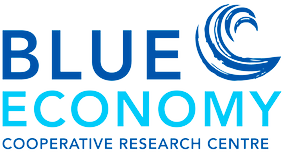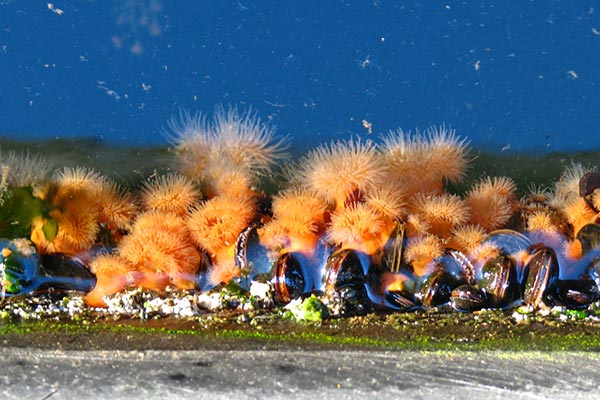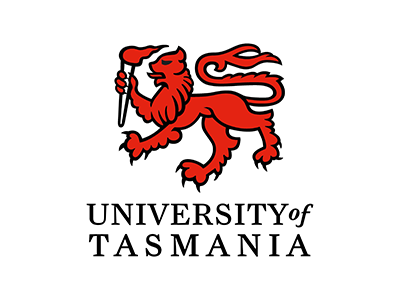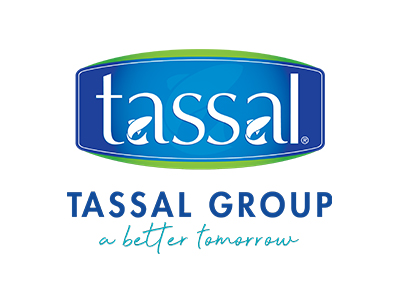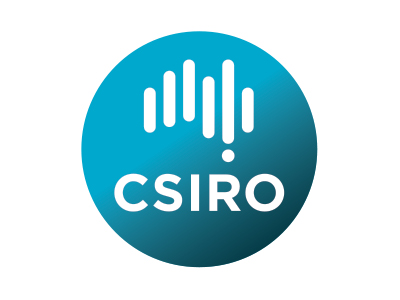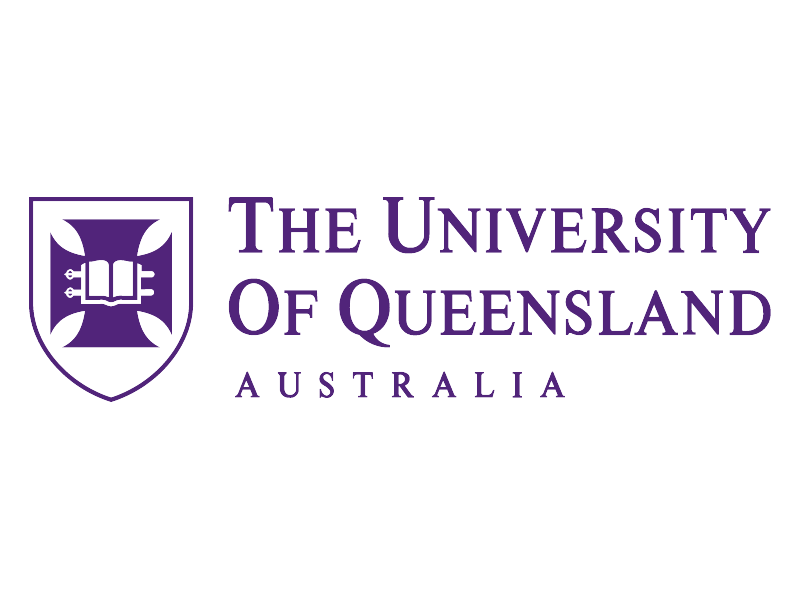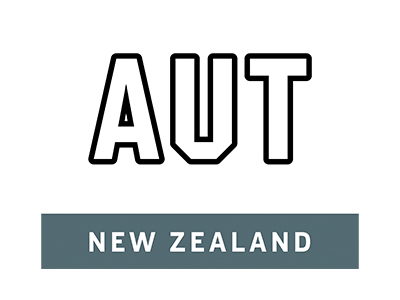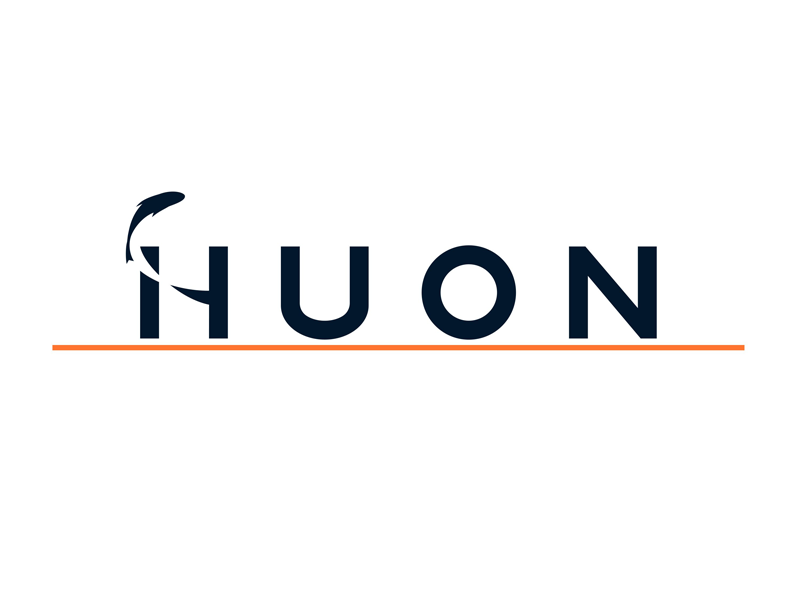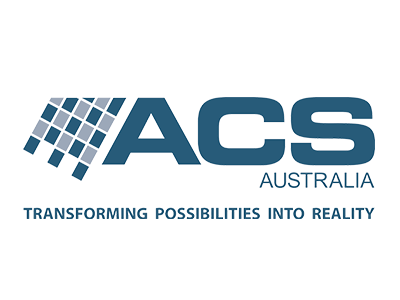Image courtesy of Sintef
Research Program
PROJECT LEADER
Martin Veidt, The University of Queensland
PROJECT ID
1.20.003
BECRC PARTNERS
Advanced Composite Structures Australia
Auckland University of Technology
Carnegie Clean Energy
CSIRO
ECSFRI
Ghent University
Huon Aquaculture
SINTEF
Tassal Group
University of Queensland
UTAS
Xylem
DURATION
6 months
PROJECT IN BRIEF
Towards Biofouling-free Aquaculture and Off-shore/High Energy Renewable Energy Generation: State-of-the-Art and R&D Priorities.
Problem statement
Biofouling is a notorious problem for the Blue Economy industry on a number of levels:
- Operation/maintenance: mitigating biofouling incurs large operational costs due to the need for frequent cleaning.
- Infrastructure: Biofouling causes structural damage due to increased drag forces and materials degradation.
- Fish health and biosecurity: increased risk of fish stress, diseases, parasites and invasive species causing damage to the aquaculture environment.
Relevance to participants and end-users
Biofouling is considered a critical challenge for most CRC industry partners and highly relevant for RP1, RP2, RP3 and RP4. It is essential to participants and end-users to collate and analyse the substantial knowledge of the problem and possible solutions available as part of the corporate knowledge and expertise in the research and industry partner organisations of the CRC and complementary information available in the public domain.
Benefits
The scoping study provides a SWOT analysis and R&D roadmap for the CRC identifying practical solutions and evaluation methods for the industry.
